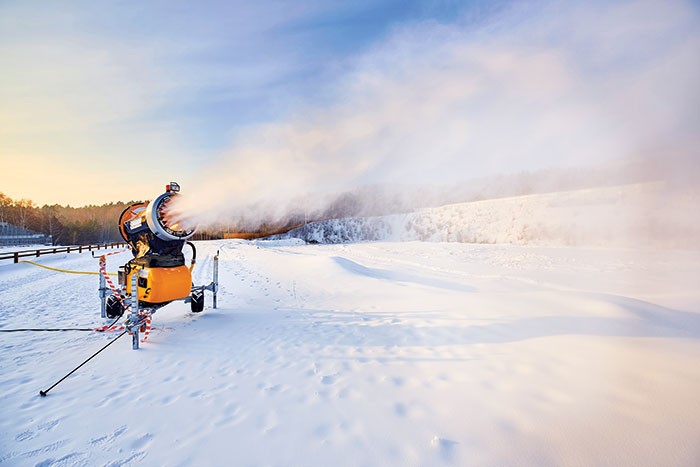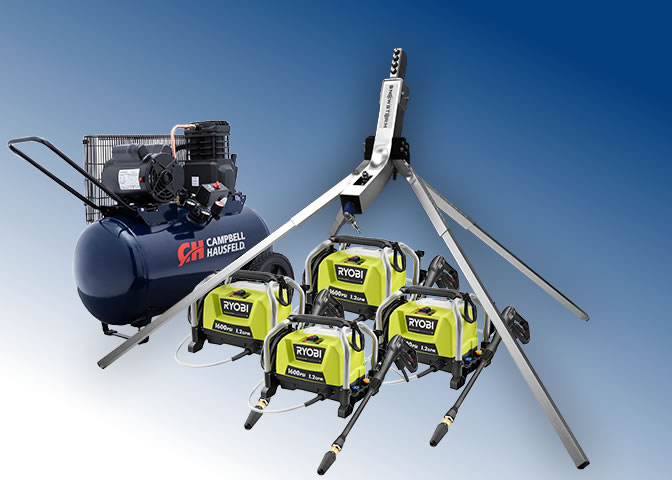As natural snow gets scarcer, ski resorts increasingly depend on snow-making machines. Jonica Newby explains how they work.
Today’s snow weapons can be filling 10 trucks with the white stuff in one hour.
If you’ve ever watched a snowboarding event in the Winter season Olympics or visited the slopes yourself, the odds are that much of the snow you have actually seen isn’t natural however made by machines. So how?
All snow is a kind of ice crystal– however made snow is formed rather differently from the natural stuff, therefore, has a different structure. Natural snow begins life as particles of water vapour, drifting high in the environment, in temperatures that hover around freezing point or below.
When the vapour encounters what’s called a “nucleator”– normally a speck of pollen or dust– it changes from a gas to a strong. To put it simply, it freezes, forming a six-sided hexagon-shaped ice crystal: an infant snowflake.
Gradually, this tiny crystal runs into more water-vapour molecules, which attach and freeze. Gradually it turns into a stunning ice crystal lattice. The fully formed snowflake is also usually six-sided because the molecules bond naturally into the ice crystal’s hexagonal structure.
Not all snow appears like a timeless snowflake, though. For instance, really cold, dry air produces little powdery flakes that don’t stick together– fantastic for “powder skiing”. When the temperature level is warmer, flakes melt around the edges, forming “wet” sticky snow, which is better for making snowmen.
Natural snow is all our planet knew for billions of years, however as international warming starts to take its toll on seasonal snowfalls, the snowboarding market is turning increasingly to technology to make it’s own.
The earliest snow machines were generally simply giant hoses. Today’s devices boast advanced onboard weather stations, adjustable nozzles and complex software, able to maximise snow output with every change in temperature level or humidity. A single state-of-the-art “snow weapon” can make sufficient to fill 10 trucks in an hour.
Natural snow is made from water vapour. Human-made snow crystals are made from freezing liquid water. In many other ways, nevertheless, the procedure is comparable.
ADVISED
The problem for skiers: The uncertain future of seasonal snow
Bad news for skiers: The unsure future of seasonal snow
CLIMATE Customer Exclusive
There are 2 primary kinds of snow-making makers: the lance snow weapon and the fan snow weapon. Imagined on the opposite page is a fan snow gun, which looks something like a huge hairdryer with a fan in the middle and an outlet ringed by metal teeth.
The majority of the teeth are tiny nozzles that spray fine droplets of water. Nestled among them are nozzles that work as nucleators.
Just as with natural snow, the water droplets sprayed by the snow guns need some help from a particle to start the freezing procedure. But instead of spitting out dust or pollen, the mechanical nucleators make tiny ice particles to do the job.
Compressed air is shot up through the nozzle, where it meets water and splits it into small droplets.

The abrupt loss of pressure robs the system of heat, quickly cooling the water to form a tiny ice pellet– a snow “seed”.
The giant fan now moves these seeds into the air together with the fine mist of water beads. As the droplets come across the seed, they adhere to it and begin to freeze.
It takes a while to freeze a snow crystal, which is why snow weapons are created to send their icy bullets so high into the cold air. Height also permits additional time for evaporation, which assists freeze our baby snow.
Due to the fact that human-made snow is made from beads rather than vapour, it has a different shape. It forms a ball that freezes from the exterior in– a bit like freezing an egg. The result is a tiny rounded grain instead of a flake.
So can we still call these little ice balls to snow? That’s an excellent concern. It certainly looks a bit different when it initially falls. Once on the ground, the structures of both natural and manufactured snow continue to change as they bond and mix with other snow crystals to end up being a constant snowpack. They end up pretty similar.
In fact, the human-made stuff is perhaps better for groomed ski runs– where snow is smoothed and compressed utilizing a tractor. Human-made snow makes a more long-lasting ski slope and is slower to melt, and thus is normally preferred for slalom courses.



